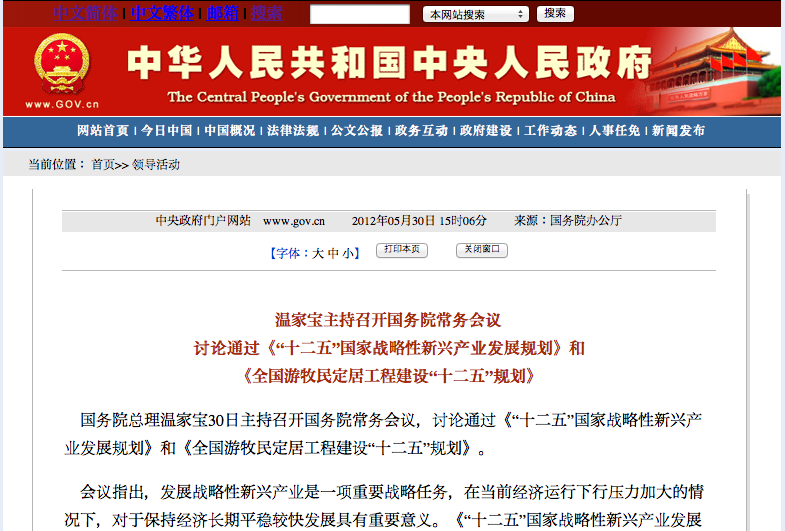| SMHRIC |
| June 4, 2012 |
| New York |
 |
|
| Chinese Government document on resettling remaining nomad population. (click to go to the site) | |
China praises her resettlement polices as an “achievement” for “improving the living standard of the people”. In 2009 alone, the Chinese authorities “achieved the resettlement of 92,000 nomadic households”, according to the Chinese Government White Paper entitled the “Progress in China’s Human Rights in 2009” posted on the official website of the Central Government of China.







